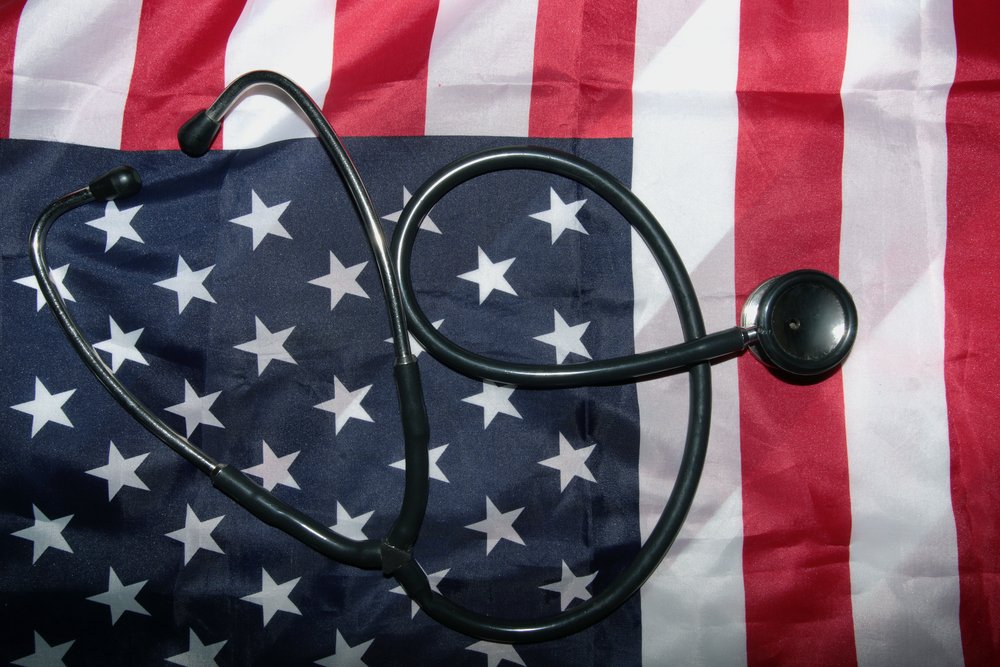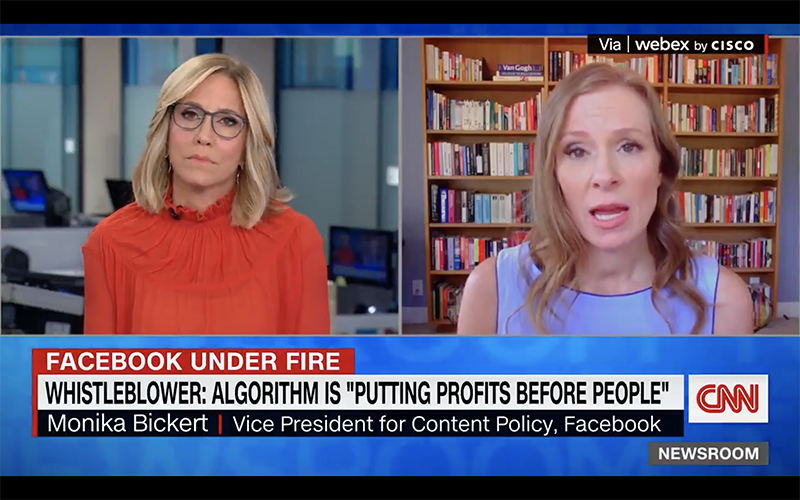
President Obama’s optimistic language about finally nearing a cure for cancer in this week’s State of the Union address comes at a time when creative approaches are showing more promise than ever. Two major announcements highlight important new opportunities to diagnose and treat cancer—and both are only possible because of advances in genomics. Meanwhile, I continue to hear arguments that genomic efforts have failed to cure disease, from people seemingly ready to write off the whole field. But news like this helps show the real potential to improve healthcare with DNA data.
The first example comes from biotech billionaire Patrick Soon-Shiong, who has pulled together an unlikely alliance of pharmaceutical companies, academic medical centers, a health insurance company, and even self-insured giant Bank of America to form the National Immunotherapy Coalition, known more colloquially as Cancer Moonshot 2020.
The coalition’s goal is to find combinations of immunotherapies, which trigger a person’s immune system to hunt down and kill cancer cells. These treatments are expected to work better in tandem, and the most successful combinations are unlikely to come from within one pharma company’s portfolio. The group, which includes Amgen, Celgene, and GlaxoSmithKline, among many others, is gearing up to run clinical trials for as many as 20,000 patients across 20 types of cancer by 2020.
Key to the effort is genome sequencing: tumors from every patient will be genetically sequenced, with the information going into a shared registry that will help drug companies select the patients whose cancer profiles fit their trials. (This step represents the growing awareness that a tumor’s genetic makeup, more than its location in the body, determines the best course of treatment.) Amassing this information before trials begin—and making it available to such a broad group of companies—could allow trials to enroll patients faster and less expensively. That step alone would accelerate the completion of clinical trial results, which not only helps companies rapidly test and develop immunotherapy combinations but also gets data into the hands of FDA for review more quickly. We should begin to find new therapies for a variety of different sorts of cancer more rapidly if this alliance succeeds.
In a separate announcement, DNA sequencing leader Illumina said it would spin off a new company called Grail to find cancer cells via blood tests much earlier than tumors can be detected by traditional means. These tests are known as liquid biopsies, and in the cancer community right now it’s hard to swing a cat without hitting someone who’s touting this approach. But Grail has funding from the likes of Jeff Bezos and Bill Gates to the tune of $100 million, so it can hardly be considered “me too.”
We’ve covered this kind of technology before (see here and here for examples). What makes Grail different is its link to Illumina, which means it will have immediate access to the latest sequencing advances long before other liquid biopsy companies. For liquid biopsies, sequence data is critical: the success of the test hinges on being able to identify the tiniest trace of tumor DNA hidden in fields of healthy DNA. This can only be accomplished by detecting the genetic changes characteristic of cancer cells, which requires sequencing enough DNA to allow any tumor DNA to sift out in the analysis. Grail aims to meet that challenge with a test costing no more than $1,000.
Cancer is often the testing ground for new biomedical methods, so it’s not surprising to see the oncology community embracing genomics like this. I think these efforts are strong indicators that far more significant uptake of DNA-based approaches will soon occur in battles against all sorts of diseases.
Why Obama Is Right about Cancer: Genomics
President Obama’s optimistic language about finally nearing a cure for cancer in the State of the Union comes as creative approaches are showing more promise than ever. Two major announcements highlight important new opportunities to diagnose and treat cancer—and both are only possible because of advances in genomics.















